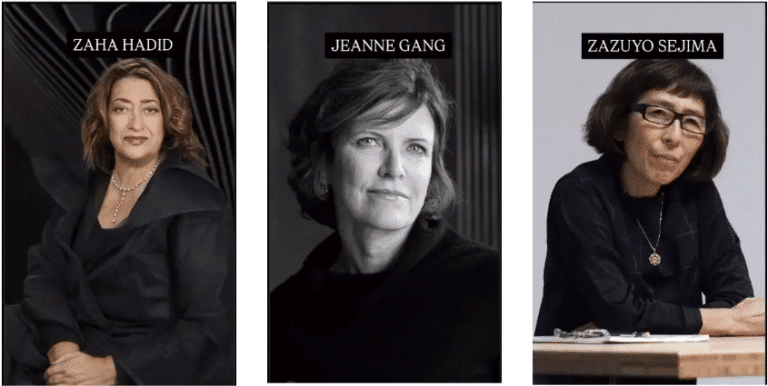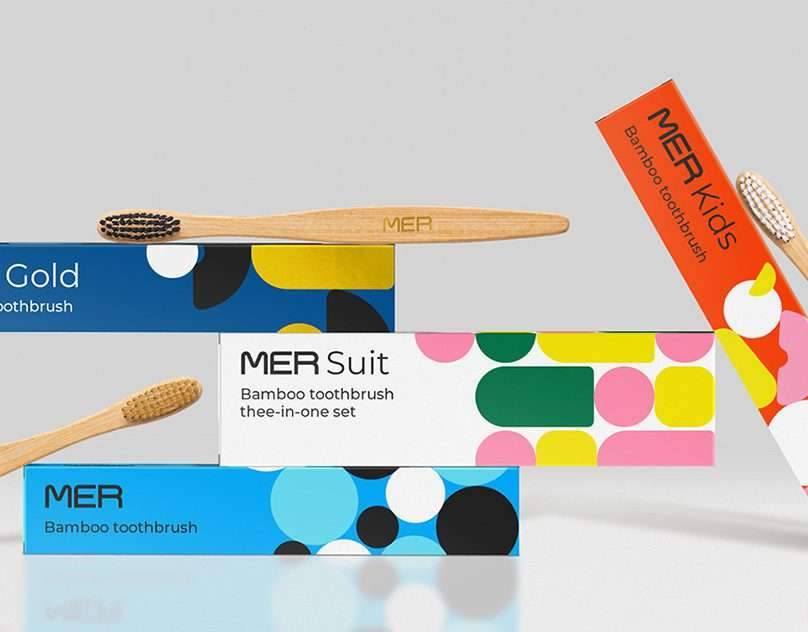A n U r b a n H y b r i d
Vendo was a CCA Graduate Design class assignment done in cooperation with a classmate, Nuri Kim. With my Graphic Design and Handiwork skills and Nuri’s Industrial Design background we set out to research and create Vendo. But of course, in the beginning, we didn’t know our research would take us on a path to create something this grand in scale. This class was entitled “Sensing the City” and was led by Design Interaction professor Wendy Ju and Architecture Professor Jason Johnson of Future Cities Lab.
Not only were people constantly moving about and or lounging, smoking/talking on the streets, one of the most intriguing aspects we saw in the Mission District were the vendors with the ice cream carts, churro carts, and various other DIY platforms for vending and making money. This mobile vending phenomenon and the interactions associate with it (Off the Grid in San Francisco for example) is also catching national recognition and popularity with food truck companies like Mobimunch. What can the next vending platform look like and how can it work? What if multiple Vendos were networked and strewn throughout the city? What if a vending platform can spur conversation, more so than a normal food truck or homemade cart could? How could we manufacture an object that would jam everyday norms of what we think vending should look like or work? What kind of conversations about future vending platforms or other types of interactions could we generate with a “crazy” object (at this time we didn’t know Vendo would become what it was, we just knew we wanted to go all out)? How could we help those vendors in the Mission increase business or those that wanted to start vending to make money? These questions and multiple others set us off in creating what would become Vendo.
Function and manufacturing in short: Vendo has a rotating drive wheel on the outside and a counter-rotating inner wheel to keep products (and or people) upright while it rolls down the street. Vendo was created with plywood and many recycled materials that we got permission to take around building renovation sites in the city as well as those generous supporters on craigslist. Most of Vendo could have been created with simple hand tools available at local tool co-ops but due to the 3 week time allotment to complete the project, we utilized more advanced and quicker manufacturing methods such as laser cutters and CNC machines. Vendo has a dynamo attached to one of its support casters that provides unlimited power to the Arduino chip that controls lighting via a distance sensor. The chip allows for Vendo to increase or decrease its lighting intensity as a person approaches or walks away from it. Vendo garnered alot of attention as we rolled it around school and even more so when we took it from school down the Embarcadero to the TCHO Chocolate Company while distributing free chocolates from it.
Vendo was repainted and now resides with our friends at the TCHO Chocolate Company in San Francisco aloing the Embarcadero at Pier 17 with the future goal of using it as one of their many vending platforms.
Still much more can be said about Vendo which is why I designed a book to document the journey from concept, interviews, sourcing materials to manufacturing. This book is available on blurb. http://www.blurb.com/bookstore/detail/2256762?alt=Vendo%2C+as+listed+under+Portfolios




















